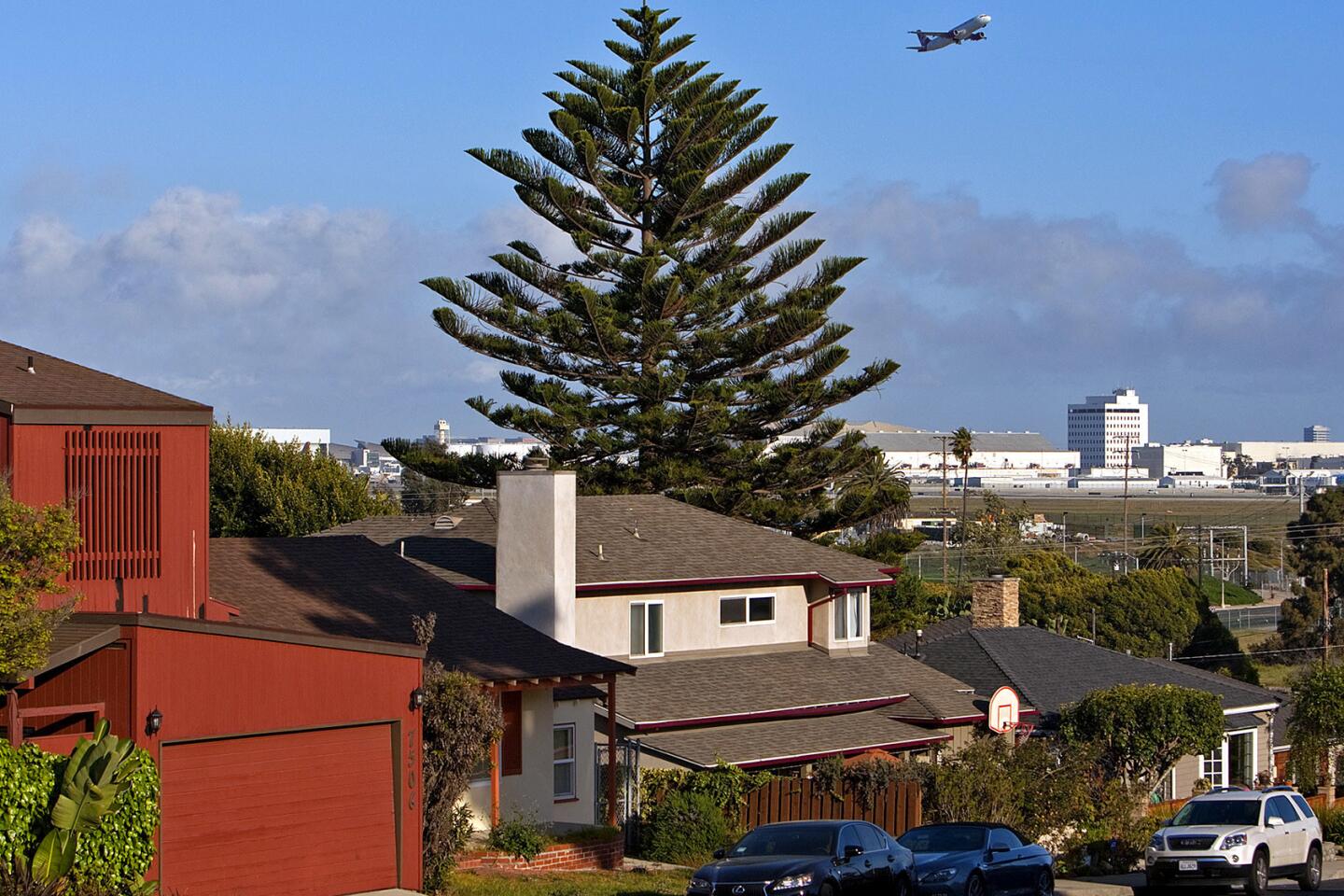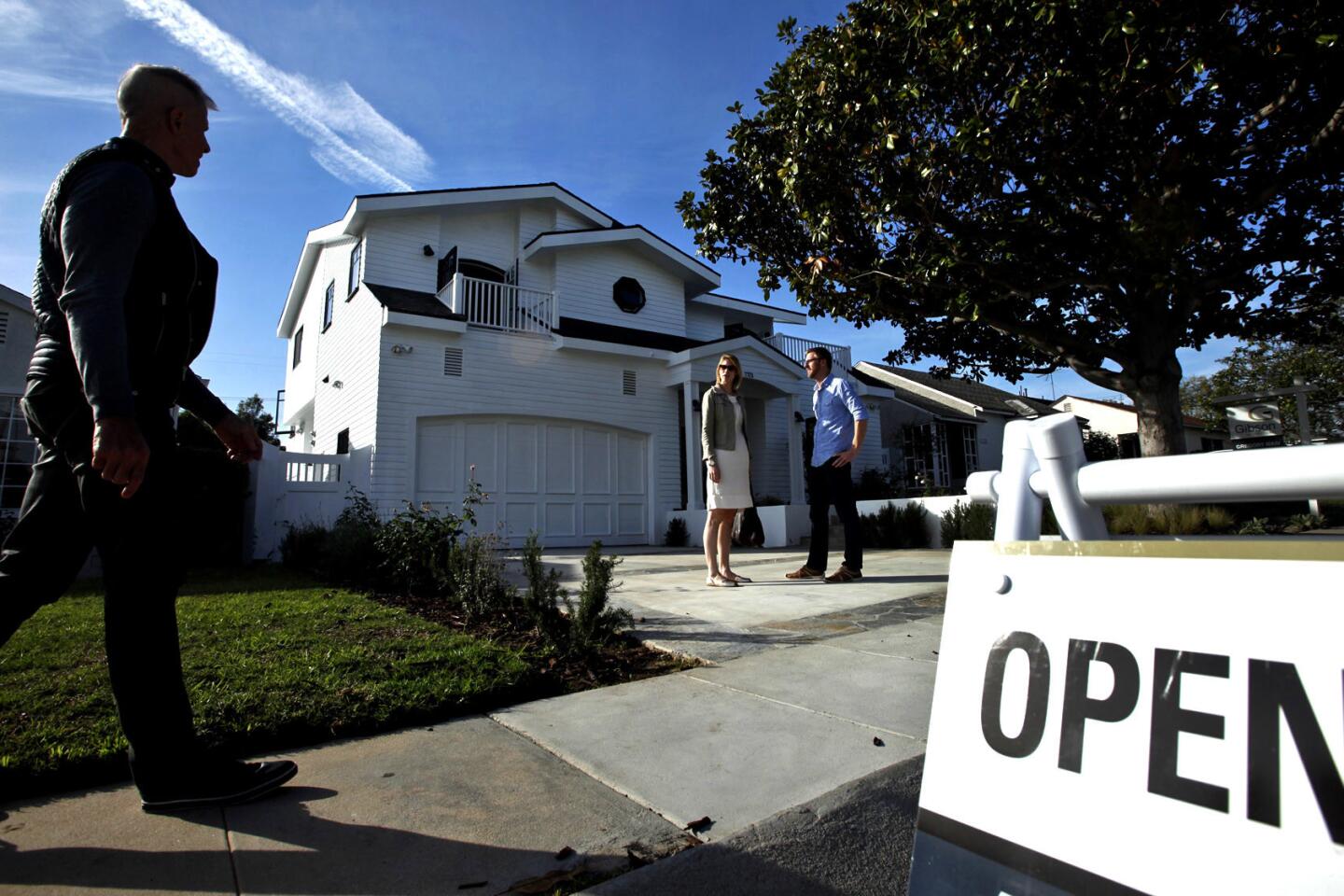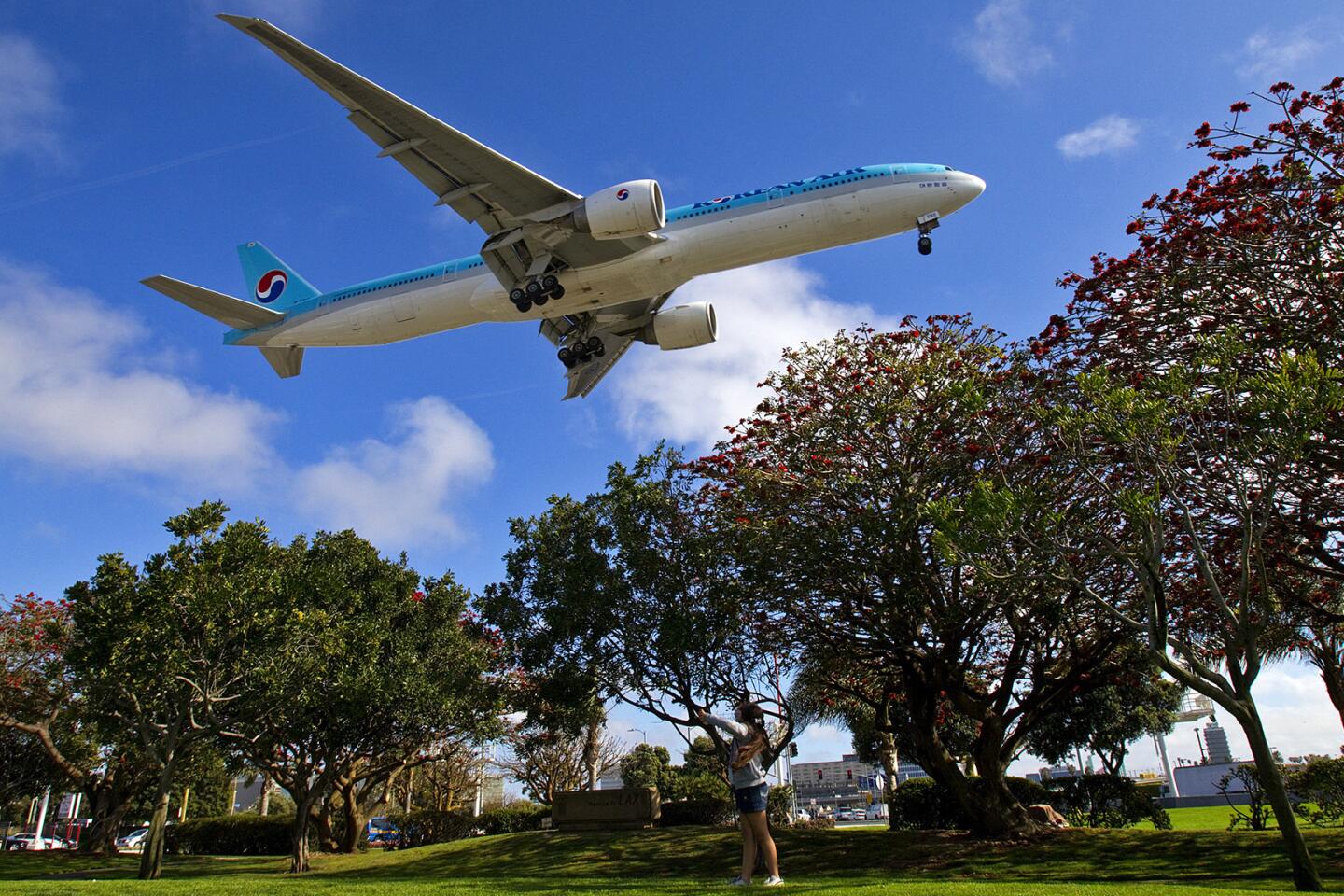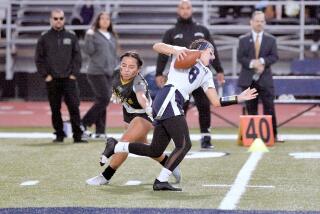Neighborhood Spotlight: Westchester evolves into a techie utopia
Surrounded by bluffs, the ocean, the 405 Freeway and LAX, Westchester started out as a windswept plain in a remote corner of the Los Angeles basin.
Its evolution into the site of a vast planned community — and a center of the aviation industry — is in many ways the tale of one ambitious developer and his industry-defining approach to building suburban homes.
That developer was Fritz Burns, a real estate man who came to L.A. in the 1920s and set about subdividing land in and around Playa del Rey. His success convinced him to buy out his employers, but his timing was poor: The Great Depression struck and wiped him out.
For the next few years he led a nearly penniless existence, camping out on a beach beneath the bluffs upon which he had once lived in a grand mansion. A fortuitous investment in a rare speculative oil field allowed him to get back into the building game, and he wasted no time developing tracts in West Los Angeles and the San Fernando Valley.
Two factors combined to bring him back to the plains above his old Playa del Rey stomping grounds: The Federal Housing Authority created a program to encourage first-time home buyers and, more importantly, the aviation industry began to achieve critical mass in Southern California.
Howard Hughes had set up his aviation business in the flats below the bluffs, while Douglas Aircraft and other manufacturers had begun to cluster near Mines Field, the city’s newly christened municipal airfield. The industry was thriving, but the remote plateau was still mostly undeveloped bean fields.
The industry needed homes for its workers. Burns obliged, constructing a new tract, which he dubbed Westchester, to house them. World War II saw the demand for worker housing skyrocket, and the small suburb grew, seemingly overnight, into a massive planned community of 10,000 people.
Postwar, the area boomed again as returning vets bought homes near the factories that now churned out passenger planes instead of bombers, and tiny Mines Field grew into mighty Los Angeles International Airport.
To meet the demand, Burns, now president of Kaiser Community Homes, developed prefabrication technologies to build homes faster and more cheaply. The components Kaiser built in its Westchester factory would help fuel the rapid suburbanization of Southern California, changing the way millions of people lived.
Westchester itself peaked at 30,000 residents before the introduction of noisy jetliners and an expansion of LAX led to the condemnation and demolition of blocks upon blocks of the old neighborhood.
Its resurgence comes as the tech industry, which is centered on the Westside, faces the same challenge that the aviation industry once did: There just aren’t enough houses for workers.
But for the lucky few who can afford it, Fritz Burns left behind an idyllic neighborhood, which harkens back to the day when everyone with a decent job could expect to buy a home in L.A.
Neighborhood highlights
A suburban oasis: The gently curving streets, tidy homes and well-manicured lawns of Westchester create a small-town feel just a mile or so from busy LAX.
Techie utopia: Proximity to tech hubs in Venice, Playa Vista, Culver City and El Segundo make Westchester an appealing home-buying destination for technology workers.
Neighborhood challenges
World’s noisiest neighbor: LAX is an important economic engine, but its many expansions have eaten into the neighborhood, and noise is a constant concern.
Expert insight
Bob Waldron, a Realtor at Coldwell Banker Residential Brokerage’s Westchester/Playa Vista office, grew up in Westchester and has been selling real estate there for 45 years.
“Playa Vista and let’s call it Silicon Beach have really benefited the Westchester area,” he said. “We get a lot of people who potentially might want to reside north of us or south of us, but based on affordability they go, ‘You know, Westchester is a wonderful community and it’s more affordable,’ which has really accelerated the values here.”
The neighborhood has become especially popular among young couples and families buying their first single-family home, Waldron said. He noted that homes in Westchester tend to be more expensive the farther away they are from LAX, and the closer they are to the ocean.
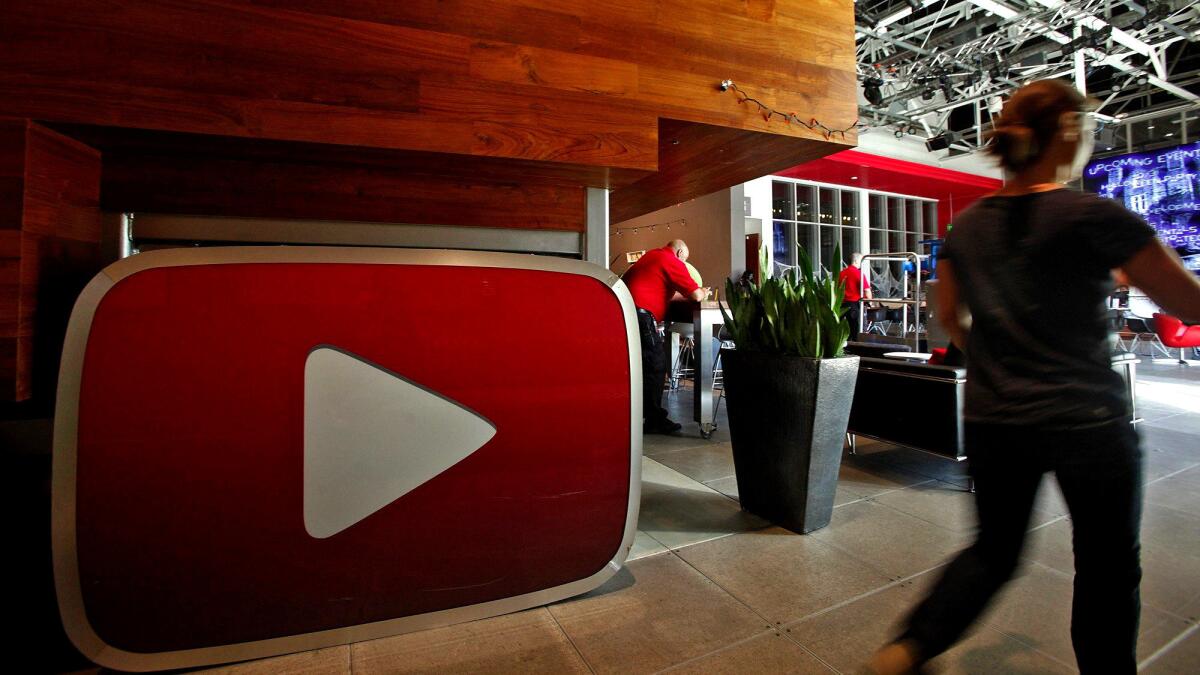
Market snapshot
In the 90045 ZIP Code, based on 17 sales, the median sales price for single-family homes in April was $1.21 million, according to CoreLogic. That was a 27% increase in median price compared with the same month last year.
Report card
There are more than a dozen public, private and charter schools within the boundaries of Westchester. Among them is Open Charter Magnet, which scored 917 out of 1,000 in the 2013 Academic Performance Index.
Kentwood Elementary scored 892, Paseo del Rey Fundamental had a score of 864 and Cowan Avenue Elementary scored 829. Orville Wright Middle scored 737 and WESM Health/Sports Medicine, a magnet high school, had a score of 704.
MORE FROM HOT PROPERTY
Sitting pretty along Pasadena’s Orange Grove Boulevard
Dame Joan Collins lists her high-style digs at the Sierra Towers
Designer’s midcentury redo makes a fashionable entrance in WeHo
More to Read
Sign up for Essential California
The most important California stories and recommendations in your inbox every morning.
You may occasionally receive promotional content from the Los Angeles Times.
